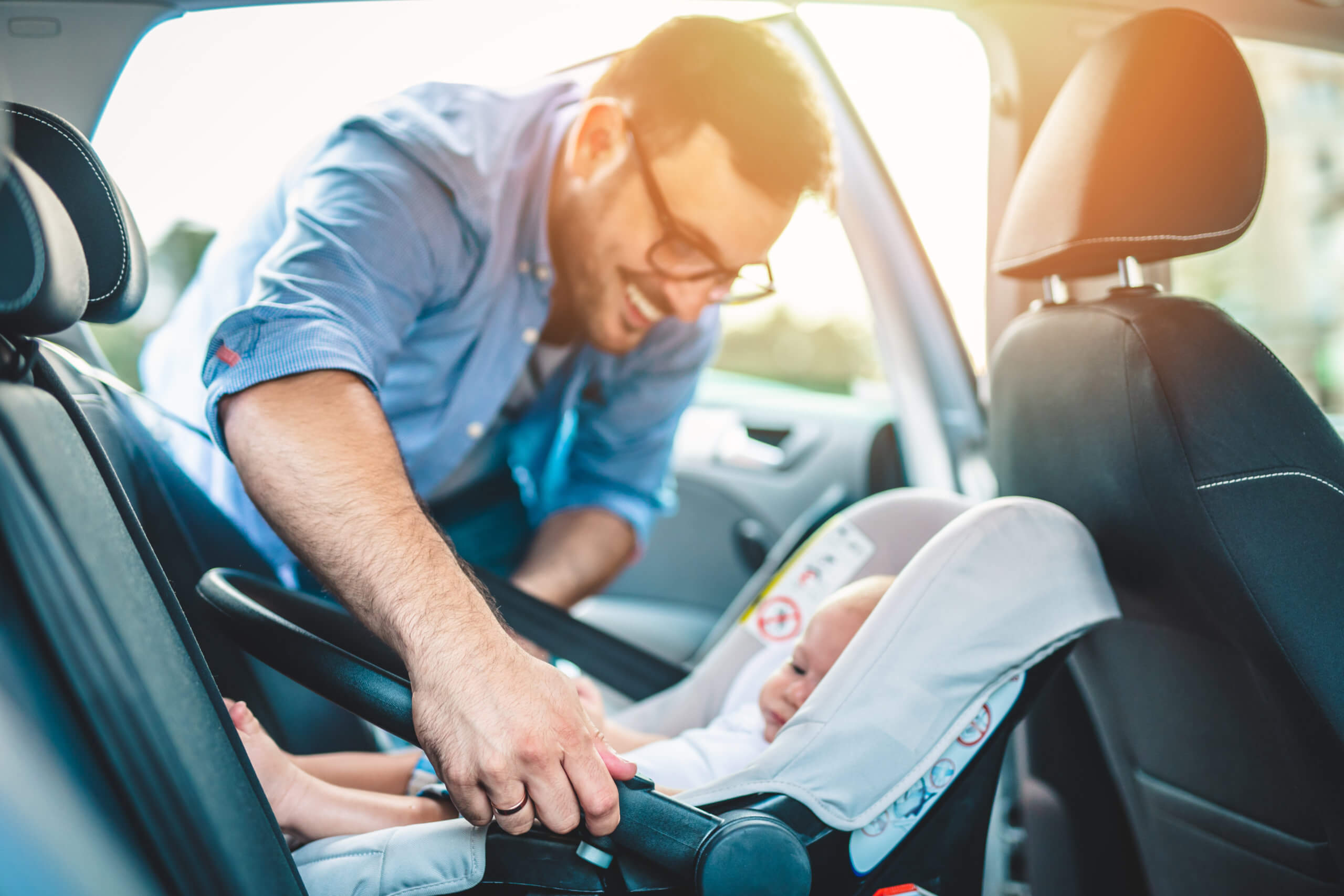
06 Nov What to Know About Installing a Car Seat
Did you know that up to 90% of car seats are improperly installed by vehicle owners? Unfortunately, this common mistake leads to many preventable injuries and even fatalities across the U.S. To ensure that your child is as safe as possible when riding in your vehicle, review the following tips for properly installing a car seat.
Your car seat should be snug and secure.
Any wobbling, tilting, or sliding should indicate that your child’s car seat needs adjustment. Car seats are designed to stay firmly in place and at the same angle when bumped or jostled by movements on the road. However, incorrect tightening of the straps and anchors that hold the seat in place can easily cause issues. If any straps are broken or frayed, it’s time to replace your car seat.
Car seats should only be installed in the backseat.
The safest place for a child in any car is the backseat. That remains true even if the child is in a car seat. Never place a car seat or booster seat in the front passenger seat, as the passenger side airbag could cause serious injuries to a newborn or young child. Side airbags in the backseat make the middle seat position the safest place for a car seat.
A rear-facing position is ideal for the car seat.
The National Highway Traffic Administration recommends using a rear-facing car seat until your child outgrows the height and weight limitations of that type of seat. Rear-facing car seats are ideal because they dramatically reduce the risk of fatalities for infants and toddlers involved in auto collisions.
If you need to double check the safety and security of your car seat, swing by National Auto Collision Centers on West Valencia Road for a free car seat inspection. You can reach us at (520) 889-2536. We also provide collision repair following car accidents as well as paintless dent removal.

